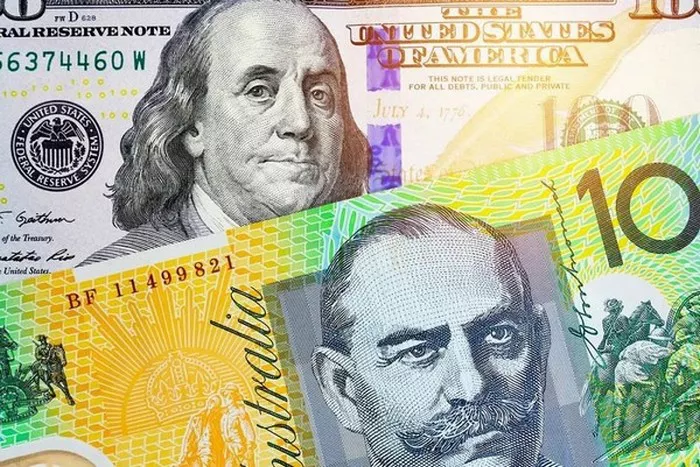The Australian dollar is a major currency that is used in international trade. The value of the Australian dollar fluctuates depending on a range of factors such as the performance of the Australian economy, global economic conditions, and interest rates. Over the years, there have been times when the Australian dollar has experienced significant drops in value, with some periods being particularly challenging for the currency.
In this article, we will explore the history of the Australian dollar and examine the periods when it hit its lowest levels against other major currencies.
Introduction to the Australian Dollar
The Australian dollar was introduced in 1966 as the replacement for the Australian pound. Since then, it has become one of the most traded currencies in the world, with its popularity stemming from Australia’s vast natural resources and stable political environment. The Australian dollar, commonly abbreviated as AUD, is also known as the Aussie dollar.
Over the years, the Australian dollar has been subject to various fluctuations in value. The currency’s performance is influenced by a range of factors, which include economic data, political developments, and market sentiment. The Reserve Bank of Australia (RBA) also plays a significant role in shaping the Australian dollar’s value through its monetary policies.
Factors Influencing the Value of the Australian Dollar
There are many factors that influence the value of the Australian dollar. Some of these factors include:
1. Economic Data: The performance of the Australian economy can have a significant impact on the value of the currency. Positive economic data, such as strong GDP growth, low unemployment, and high consumer confidence, can lead to an increase in demand for the currency and push up its value.
2. Global Economic Conditions: The Australian dollar is also affected by global economic conditions. For example, during the Global Financial Crisis (GFC) of 2008-2009, the Australian dollar fell dramatically due to the impact of the crisis on the global economy.
3. Interest Rates: Changes in interest rates can also have an impact on the Australian dollar’s value. Higher interest rates tend to attract foreign investment and increase demand for the currency, which can push up its value.
4. Political Developments: Political developments can also affect the value of the Australian dollar. For example, during periods of political uncertainty or instability, the currency may fall as investors become more risk-averse.
The Lowest Points in the History of the Australian Dollar
1. 1986 – The Plaza Accord
One of the most significant events that led to a sharp decline in the Australian dollar’s value occurred in 1986 when several major world economies reached an agreement known as the Plaza Accord. This agreement aimed to stabilize exchange rates between major currencies, including the US dollar, Japanese yen, German mark, French franc, and British pound. As a result, the Australian dollar fell sharply against these currencies, hitting a low of 47 US cents in September 1986.
2. 1997-1998 – The Asian Financial Crisis
The Asian Financial Crisis of 1997-1998 had a significant impact on the Australian dollar. The crisis began in Thailand and quickly spread to other countries in the region, leading to a sharp decline in demand for Australian exports. As a result, the Australian dollar fell to its lowest level against the US dollar in August 1998, hitting 55 US cents.
3. 2001 – The Dotcom Crash
The Dotcom Crash of 2001 had a significant impact on the Australian dollar. The event was characterized by a rapid decline in the value of technology stocks, which led to a global economic slowdown. As a result, the Australian dollar fell to a low of 49 US cents in April 2001.
4. 2008-2009 – The Global Financial Crisis
The Global Financial Crisis (GFC) of 2008-2009 had a significant impact on the Australian dollar. The crisis was triggered by the collapse of the US housing market and the subsequent failure of several major banks. As a result, the Australian dollar fell sharply against the US dollar, hitting a low of 60 US cents in October 2008.
When was the Australian dollar worth the most?
The Australian dollar has had several periods of strength throughout its history. The highest value of the Australian dollar against the US dollar was reached on July 27, 2011, when it hit an intra-day high of 1.10 USD. However, it’s worth noting that exchange rates can fluctuate rapidly and are influenced by a variety of factors such as economic conditions, political events, and market sentiment.
Conclusion
The Australian dollar has experienced significant fluctuations over the years, with some periods being particularly challenging for the currency. The factors that influence the value of the Australian dollar are complex and include economic data, global economic conditions, interest rates, and political developments. Despite these challenges, the Australian dollar remains a popular currency for international trade, with its stability and attractive interest rates making it an appealing choice for investors.


